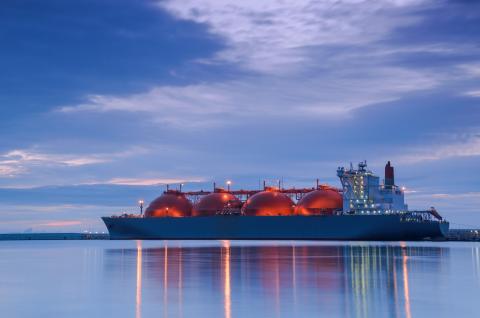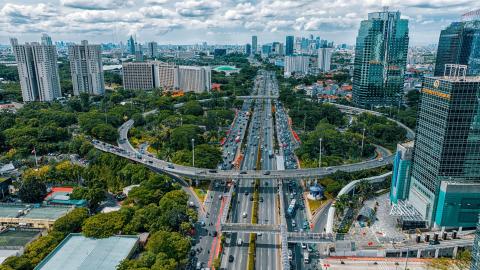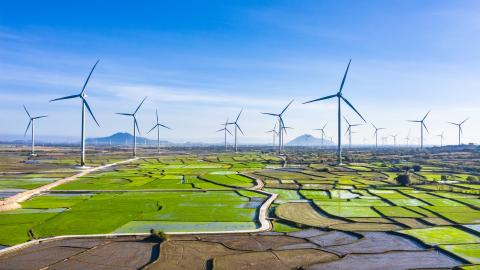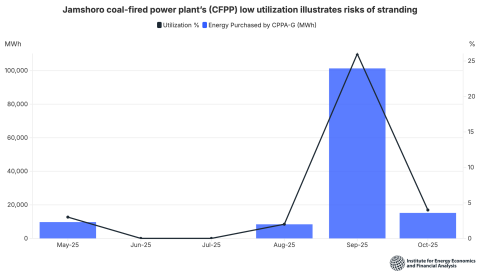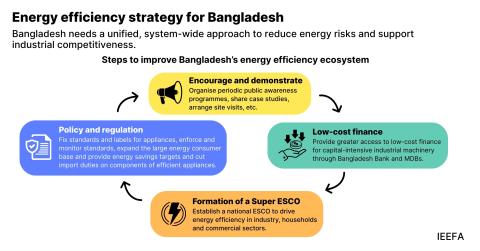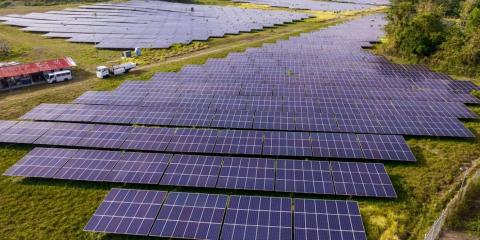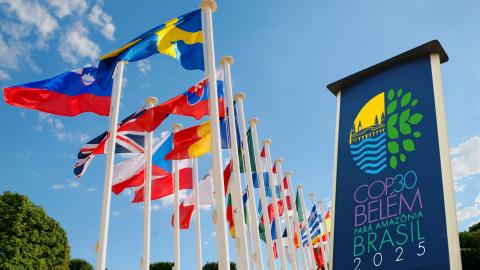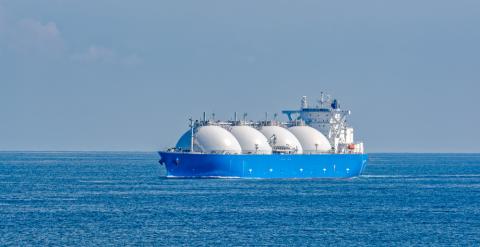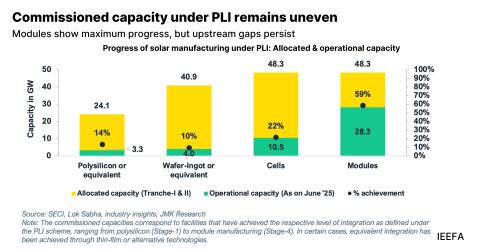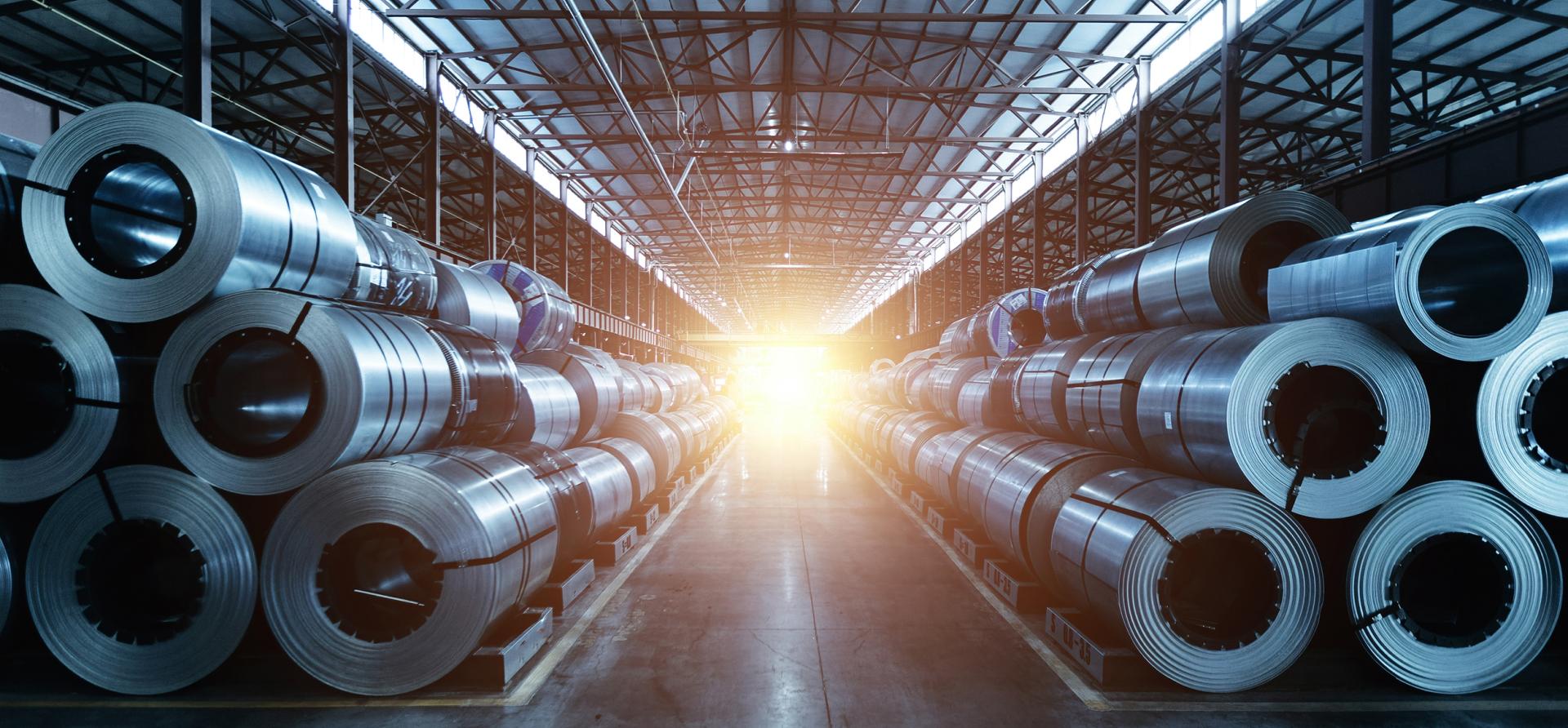
Key Findings
Micro, small and medium enterprises (MSMEs) in India’s steel sector operate with outdated technologies, lack access to finance, and face structural barriers to decarbonise their operations.
Although concessional finance, credit guarantees and central/state schemes exist, most MSMEs and Energy Service Companies (ESCOs) serving these MSMEs, lack awareness and project preparation capacity to access them.
Without support, India’s energy transition risks job losses and regional disparity, particularly for MSME-heavy sectors such as steel.
A dedicated Project Preparation Facility can enable MSMEs and ESCOs to unlock existing capital and scale low-carbon technologies through project preparation, transaction advisory, and matchmaking.
For India, steel is as critical to the nation’s economic growth as it is to its decarbonisation goals, and nowhere exemplifies this more than Jharkhand.
Jharkhand’s thriving yet fragmented steel sector is divided along lines of scale and technology; major producers are far better placed for the energy transition than the state’s myriad micro, small and medium enterprises (MSMEs), shackled with outdated technologies and lack of access to capital.
Among industrial subsectors, steel is one of the most energy and emissions intensive, contributing 12% of the country’s total carbon dioxide (CO₂), making it a critical focus area for mitigation efforts.
While the Ministry of Steel’s decarbonisation roadmap offers a clear pathway for both large integrated steel producers (ISPs) and MSMEs, several finance and efficiency schemes targeting MSMEs have had limited impact.
To address this issue, a targeted Project Preparation Facility (PPF) can bring together steel MSME clusters and Energy Service Companies (ESCOs), often MSMEs themselves, to help them access existing financial mechanisms. Jharkhand is the ideal proving ground for a Green Financing Facility for Just Transition (GFF-JT), a PPF pilot scheme, that could be replicated in other states.
By providing early-stage funding for essential services such as technical and commercial feasibility studies, financial structuring, GFF-JT can help advance economically viable projects to a stage that allows public and private investment. Over time, its scope can expand to include other industrial sectors and technology segments within and outside the state.
Steel sector MSME decarbonisation is also critical from a socio-economic perspective as they are significant employers in economically vulnerable regions, and could be left behind as the global race to produce low-carbon steel intensifies.
Without targeted support, they risk being excluded from India’s low-carbon transition, threatening jobs, deepening regional disparities and undermining the broader goals of a just energy transition.
For details of the GFF-JT proposal, read the full briefing note.



